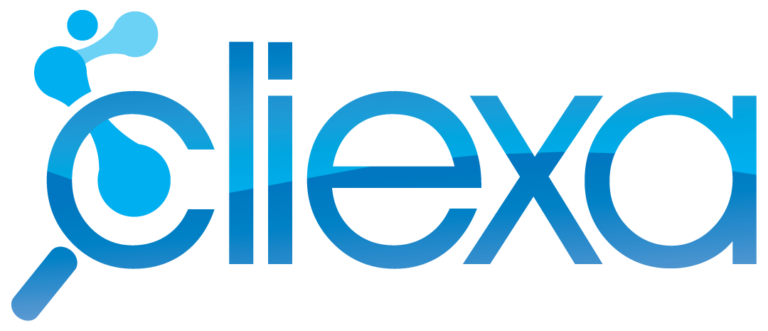On January 1, 2026, the Centers for Medicare & Medicaid Services (CMS) will launch the Wasteful and Inappropriate Services Reduction (WISeR) Model. For the first time, Traditional Medicare will require prior authorization for a defined set of outpatient procedures across six pilot states: Arizona, New Jersey, Ohio, Oklahoma, Texas, and Washington.
The new model is a six-year pilot designed to curb unnecessary utilization and strengthen oversight within Traditional Medicare’s fee-for-service (FFS) environment. The model focuses on 17 procedures that CMS has identified as particularly vulnerable to waste, abuse, or unnecessary utilization. While prior authorization is already familiar in Medicare Advantage and commercial insurance, its arrival within Original Medicare marks a significant policy shift that is focused not on altering payment models, but on tightening the connection between clinical documentation and payment integrity.
For providers, administrators, and health system leaders, WISeR should be viewed as a signal of where Medicare is heading.
A Fee-for-Service Model, Reinforced by Accountability
Although WISeR centers on prior authorization, its implications extend much further. The model reflects CMS’s growing emphasis on appropriateness, efficiency, and accountability, which are also the guiding principles behind value-based initiatives such as Accountable Care Organizations, bundled payments, and risk-sharing arrangements.
Unlike value-based care programs such as ACOs or bundled payments, WISeR does not change how providers are paid. It remains grounded in the fee-for-service structure where providers are still reimbursed per covered service according to Medicare’s existing payment rules. However, WISeR, in practice, may look like a bridge. For the first time, Traditional Medicare is asking providers to justify care decisions in real time, forcing the system to quantify “value” even before payment. It’s the uncomfortable first step toward true accountability.
Seen this way, WISeR signals the start of a new mindset in healthcare. Every procedure must now be backed by clear documentation and evidence-based reasoning. Practices that deliver efficient, guideline-informed care will see smoother approvals and fewer denials. And technology will play a central role in helping practices stay aligned with payer rules while maintaining quality care.
Those who treat WISeR as a one-time compliance challenge may find themselves struggling as similar requirements begin to appear in other areas. The ones who take this as a preview of what is coming next will be better positioned for the broader transition ahead.
What WISeR Means for Practices
For providers in the six pilot states, WISeR will be felt most in orthopedics, neurology, pain management, and wound care. These specialties rely heavily on the procedures now subject to prior authorization.
In the short term, practices can expect more documentation work, since decisions must be clearly tied to CMS coverage criteria. Missing or vague details will increase the chance of delays and denials. Workflows will also need adjustment to handle pre-service authorization or pre-payment reviews. The administrative burden will grow, requiring new training for staff and additional coordination between clinical and billing teams.
Patients may also feel the impact through potential delays in access if documentation is incomplete or processes are inefficient. Still, these challenges also highlight the opportunity ahead. WISeR gives practices a chance to strengthen their internal systems, improve documentation quality, and prepare for the standards that will define value-based care in the coming years.
Preparing for the Future
While WISeR is limited in scope today, the lessons it introduces are wide-ranging. Practices that take proactive steps now will not only perform better under WISeR but will also gain an advantage in the transition to value-based care models.
- Strengthen Documentation Practices Documentation can no longer be treated as a formality. Each note and diagnosis should directly align with payer coverage policies and clinical guidelines. This is about creating a clear, defensible record that supports medical necessity and quality care.
- Use Technology to Reduce Friction Technology can transform prior authorization from a reactive process into a proactive one. Intelligent intake tools, automated data extraction, and real-time coverage checks can help clinicians document accurately the first time. Innovations like True Clinical Reasoning provide an example of how this can work in practice. By connecting patient data directly to evidence-based rules, platforms like cliexaARCH automatically structure documentation in a payer-aligned format. This reduces denials, saves time, and helps clinicians focus more on patients than paperwork.
- Build Capacity for Audit and Appeals Even with great documentation, denials will still occur. Practices should build transparent systems that track decisions, submission history, and appeal records. Being audit-ready protects both revenue and reputation.
- Invest in Team Education Technology is powerful, but it only works when people know how to use it. Training clinical and administrative teams to understand the reasons behind these new requirements will make transitions smoother and reduce stress across the organization.
The Beginning of a Broader Shift
WISeR should be viewed as the start of something much larger. CMS is clearly preparing to expand programs that emphasize appropriateness, efficiency, and cost-effectiveness.
Over the next decade, providers can expect more services and states to be added to prior authorization programs. Payment decisions will increasingly factor in quality metrics and outcomes. The traditional boundaries between fee-for-service and value-based care will continue to blur, and AI-driven documentation tools will become essential for compliance and decision support.
WISeR represents the early steps toward a healthcare system that rewards providers not for how much they do, but for how well they document, justify, and deliver evidence-based care.
In Conclusion
The WISeR model may seem narrow at first glance, but its meaning runs much deeper. It reflects a fundamental shift toward a future where value, documentation quality, and clinical reasoning are at the heart of reimbursement.
For practices, the message is clear: prepare now. Strengthen documentation, integrate technology, educate teams, and align care with payer expectations. These are no longer optional improvements, they are the foundation for what comes next.
Those who take this seriously will not only navigate WISeR successfully but will also lead the way in the next era of value-based care. This is only the beginning, and the organizations that see it as preparation for the future will be the ones that thrive.
The future of Medicare is documentation-driven
Discover how cliexa’s AI-powered clinical intelligence platform helps practices document smarter, align with payer rules, and stay ahead of upcoming CMS models.


